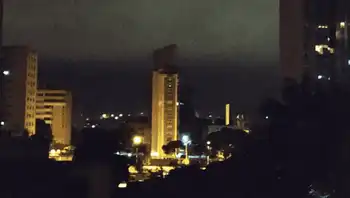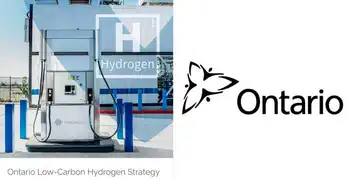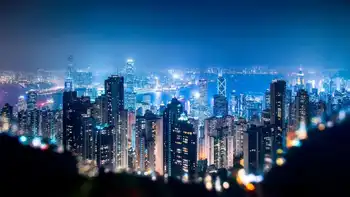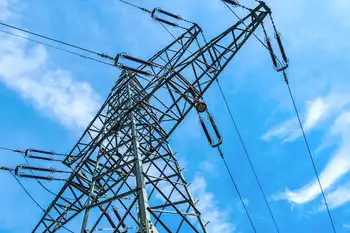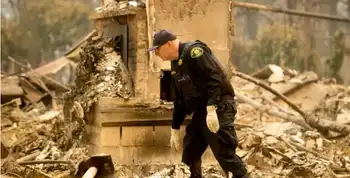Canada Extends Net-Zero Target to 2050
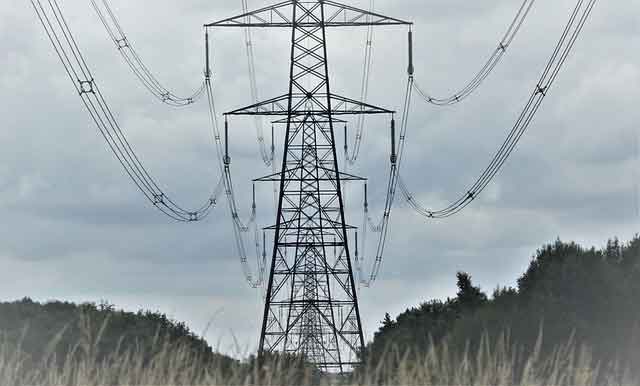
Protective Relay Training - Basic
Our customized live online or in‑person group training can be delivered to your staff at your location.

- Live Online
- 12 hours Instructor-led
- Group Training Available
Canada Clean Electricity Regulations 2050 balance net-zero goals with grid reliability and affordability, setting emissions caps, enabling offset credits, and flexible provincial pathways, including support for non-grid facilities during the clean energy transition.
Key Points
A federal plan for a net-zero grid by 2050 with emissions caps, offsets, and flexible provincial compliance.
✅ Emissions cap targeting 181 Mt CO2 from the power sector by 2050
✅ Offset credits and annual limits enable compliance flexibility
✅ Support for remote, non-grid facilities and regional pathways
In December 2024, the Government of Canada announced a significant policy shift regarding its clean electricity objectives. The initial target to achieve a net-zero electricity grid by 2035 has been extended to 2050. This decision reflects the government's response to feedback from provinces and energy industry stakeholders, who expressed concerns about the feasibility of meeting the 2035 deadline.
Revised Clean Electricity Regulations
The newly finalized Clean Electricity Regulations (CER) outline the framework for Canada's transition to a net-zero electricity grid by 2050, advancing the goal of 100 per cent clean electricity nationwide.
-
Emissions Reduction Targets: The regulations set a cap on emissions from the electricity sector, targeting a reduction of 181 megatonnes of CO₂ by 2050. This is a decrease from the previous goal of 342 megatonnes, reflecting a more gradual approach to emissions reduction.
-
Flexibility Mechanisms: To accommodate the diverse energy landscapes across provinces, the CER introduces flexibility measures. These include annual emissions limits and the option to use offset credits, allowing provinces to tailor their strategies while adhering to national objectives.
-
Support for Non-Grid Connected Facilities: Recognizing the unique challenges of remote and off-grid communities, the regulations provide accommodations for certain non-grid connected facilities, ensuring that all regions can contribute to the national clean electricity goals.
Implications for Canada's Energy Landscape
The extension of the net-zero electricity target to 2050 signifies a strategic recalibration of Canada's energy policy. This adjustment acknowledges the complexities involved in transitioning to a clean energy future, including:
-
Grid Modernization: Upgrading the electrical grid to accommodate renewable energy sources and ensure reliability is a critical component of the transition, especially as Ontario's EV wave accelerates across the province.
-
Economic Considerations: Balancing environmental objectives with economic impacts is essential. The government aims to create over 400,000 clean energy jobs, fostering economic growth while reducing emissions, supported by ambitious EV goals in the transport sector.
-
Regional Variations: Provinces have diverse energy profiles and resources, and British Columbia's power supply challenges highlight planning constraints. The CER's flexibility mechanisms are designed to accommodate these differences, allowing for tailored approaches that respect regional contexts.
Public and Industry Reactions
The policy shift has elicited varied responses:
-
Environmental Advocates: Some environmental groups express concern that the extended timeline may delay critical climate action, while debates over Quebec's push for EV dominance underscore policy trade-offs. They emphasize the need for more ambitious targets to address the escalating impacts of climate change.
-
Industry Stakeholders: The energy sector generally welcomes the extended timeline, viewing it as a pragmatic approach that allows for a more measured transition, particularly amid criticism of the 2035 EV mandate in transportation policy. The flexibility provisions are particularly appreciated, as they provide the necessary leeway to adapt to evolving market and technological conditions.
Looking Forward
As Canada moves forward with the implementation of the Clean Electricity Regulations, the focus will be on:
-
Monitoring Progress: Establishing robust mechanisms to track emissions reductions and ensure compliance with the new targets.
-
Stakeholder Engagement: Continuing dialogue with provinces, industry, and communities to refine strategies and address emerging challenges, including coordination on EV sales regulations as complementary measures.
-
Innovation and Investment: Encouraging the development and deployment of clean energy technologies through incentives and support programs.
The extension of Canada's net-zero electricity target to 2050 represents a strategic adjustment aimed at achieving a balance between environmental goals and practical implementation considerations. The Clean Electricity Regulations provide a framework that accommodates regional differences and industry concerns, setting the stage for a sustainable and economically viable energy future.





